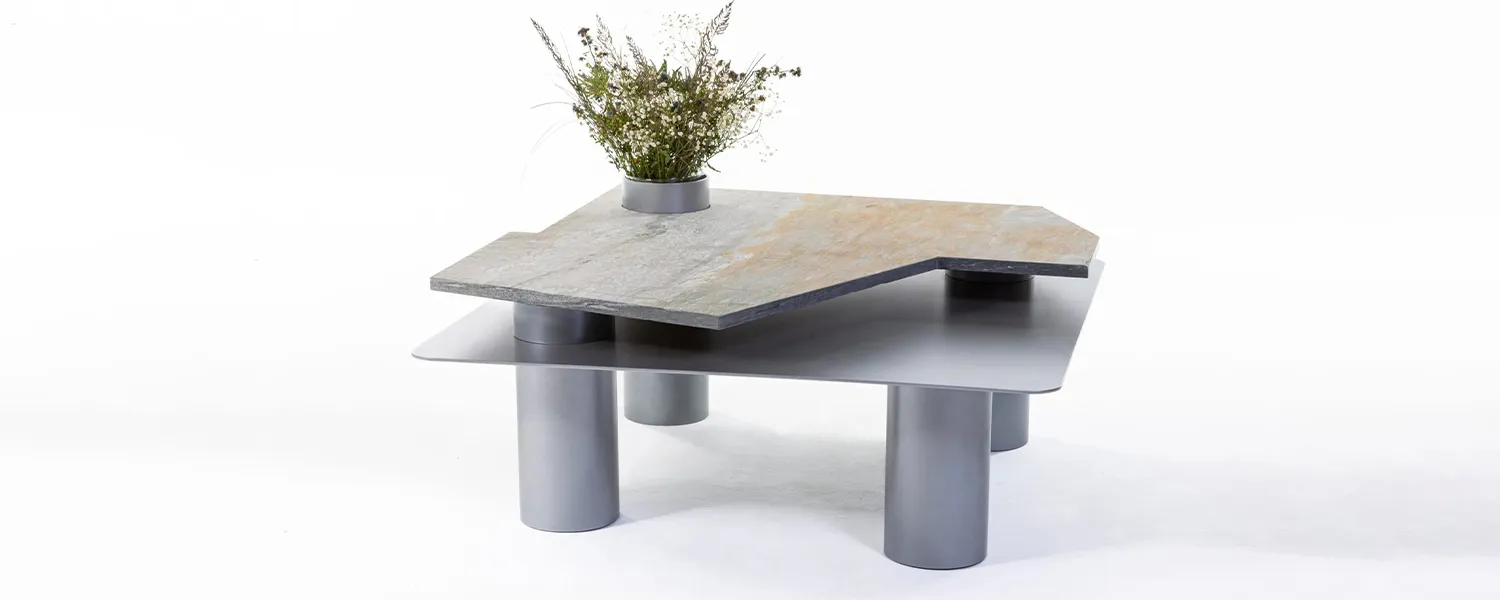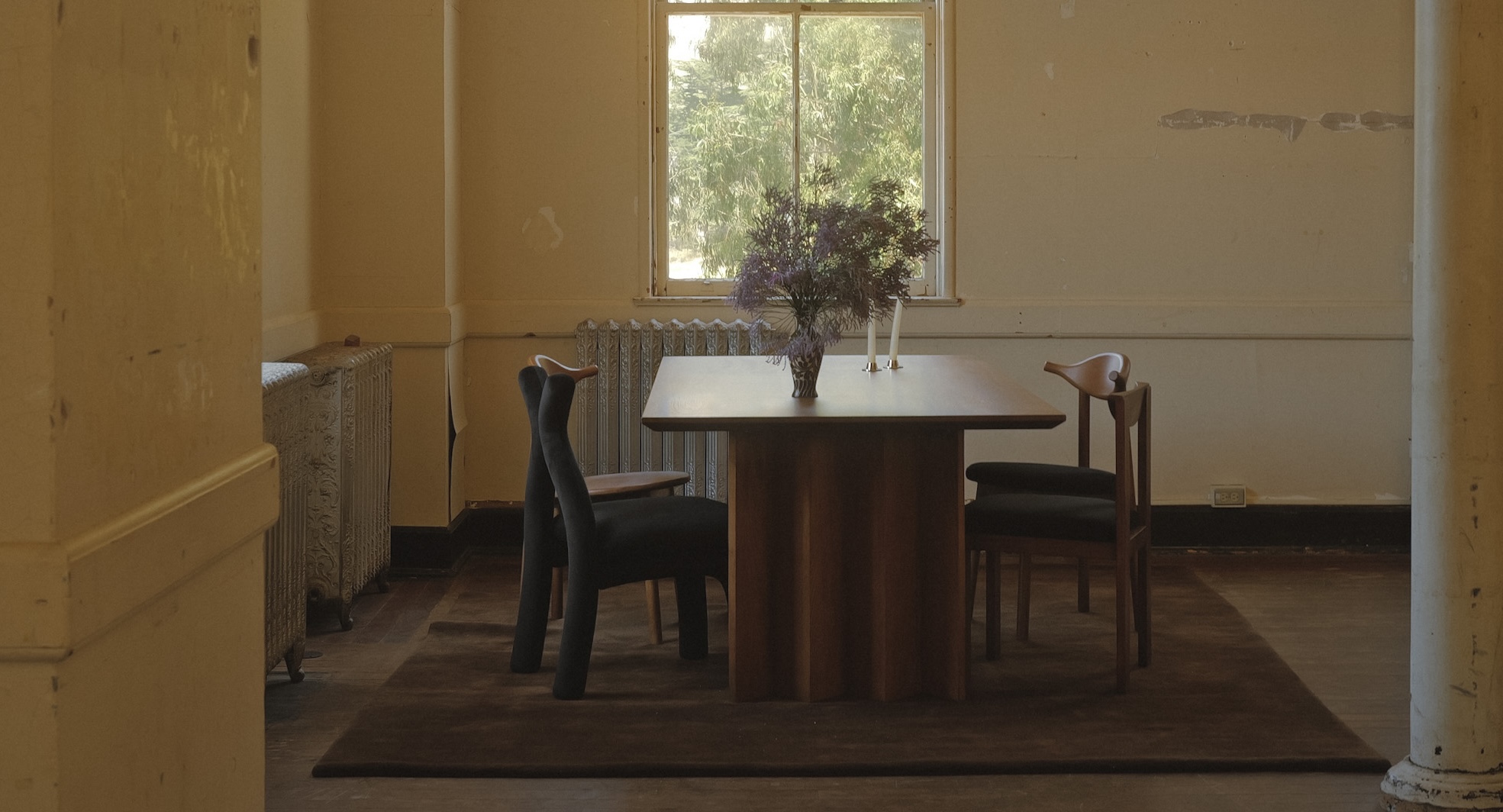
How to Design a Dining Room for Comfort, Connection, and Conversation
There are few rooms in a home more devoted to connection than the dining room. It’s where relationships are built, sustained, and occasionally tested—over dinner parties with old friends, warm meals with family, introductions to new neighbors, or spirited debates across the table. Emotions often run the gamut here: toasts raised, gratitude shared, tensions aired, laughter heard.
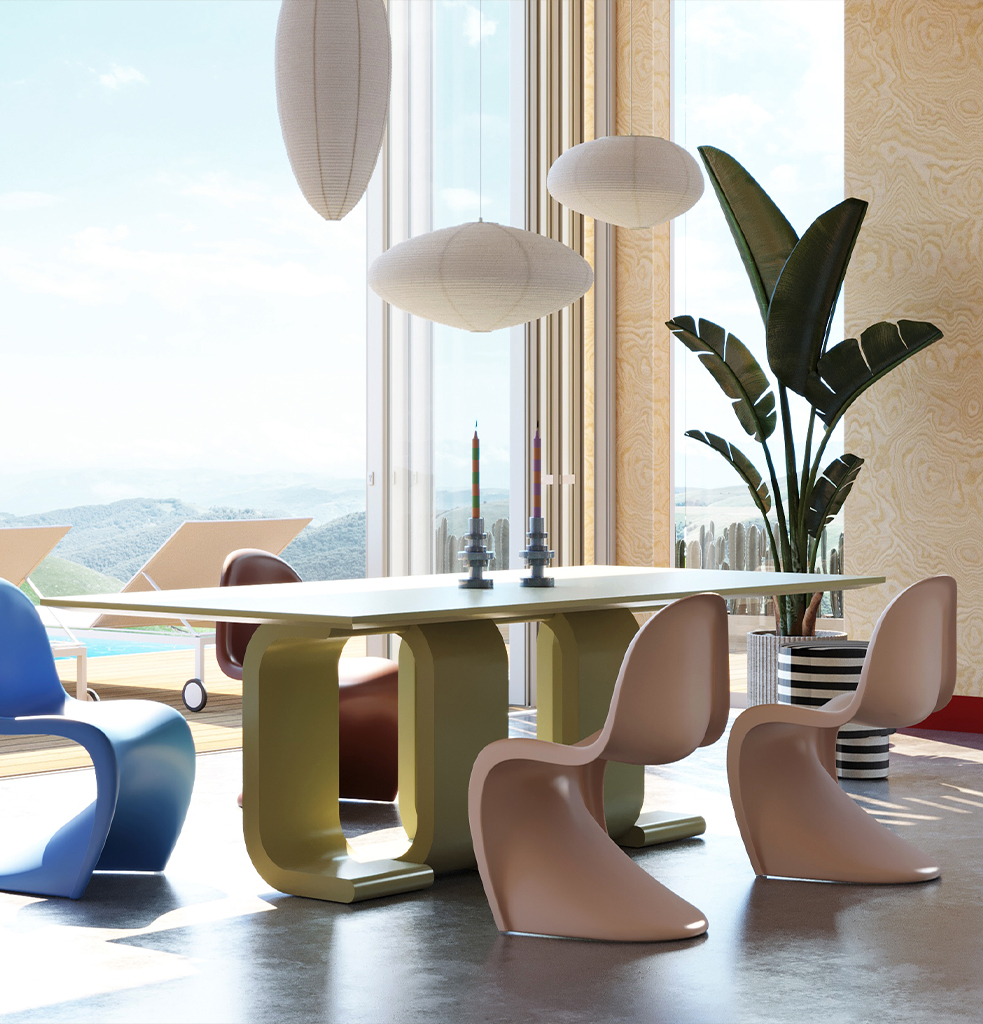

Unlike the kitchen, where meals are prepared, or the living room, where attention often turns to a screen or a book, the dining room can feel like a relic from another time. It’s one of the few rooms not defined by task or active function—cooking, media consumption, working—but by presence. It exists for presence, shared or solitary. And if you’re dining alone in a dining room, then all the more reason to celebrate. These days, many meals happen casually—in the kitchen, at a desk, or wherever feels most convenient. Choosing to sit down at a table—just for yourself—can feel like an act of meditation, a gesture of care.
It’s a space defined not only by what we eat, but how—and with whom—we eat. The dining room remains a space of intention. Designing it well isn’t just about the table or the lighting. It’s about honoring what the space holds: conversation, attention, and the quiet ritual of gathering.
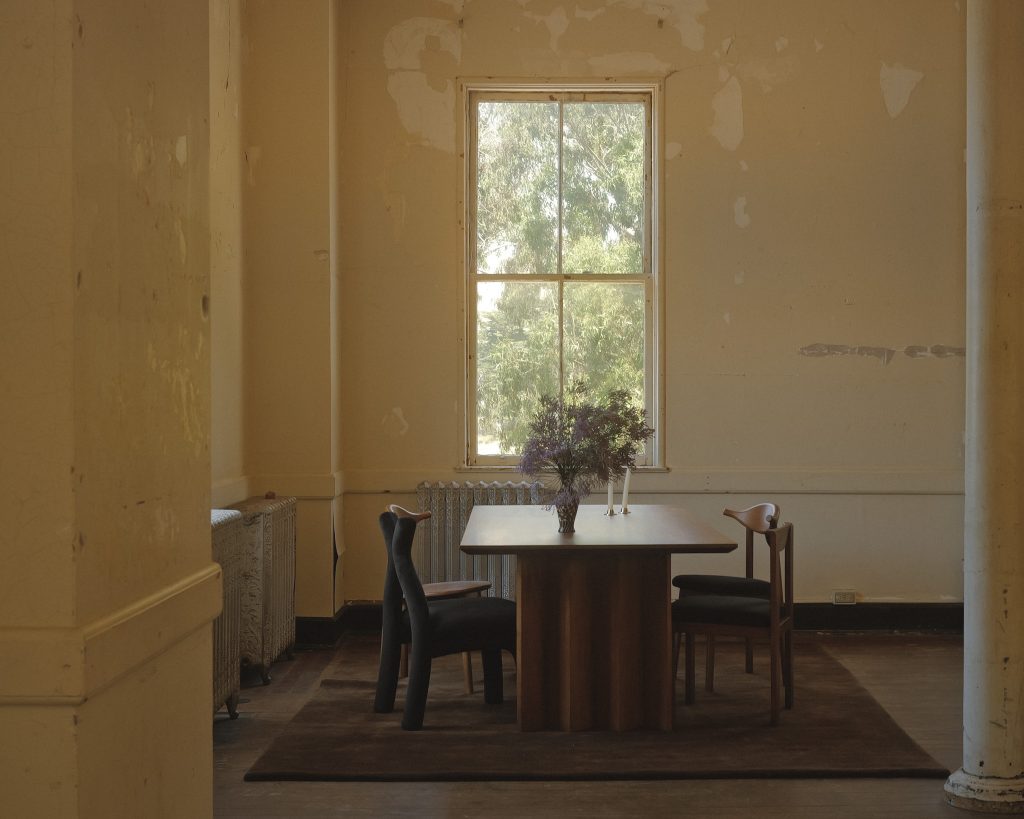

Start with the Table to Anchor Your Dining Room
The dining table is the heart of the room—everything else flows from it. It doesn’t need to be oversized or grand; it just needs to suit the scale of your space and the rhythm of your life. A compact round table can create intimacy in a smaller setting, while a longer table might invite more guests or double as a workspace.
Choose a design that reflects your lifestyle—something that feels comfortable, lasting, and grounded. Look for materials with presence, like solid wood, marble, or finished metal. Whether it’s used daily or just on special occasions, the table sets the tone for how the room is used—and how it feels.
- Rectangular and oval tables suit longer rooms and larger gatherings
- Round tables work well in tighter or square rooms, encouraging intimate conversation
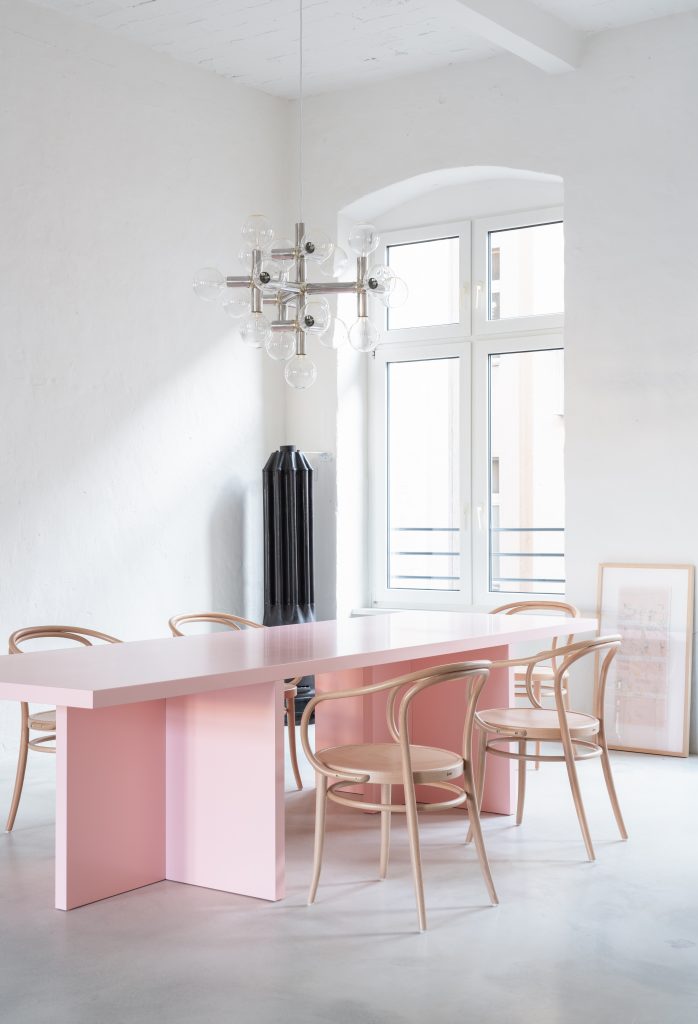

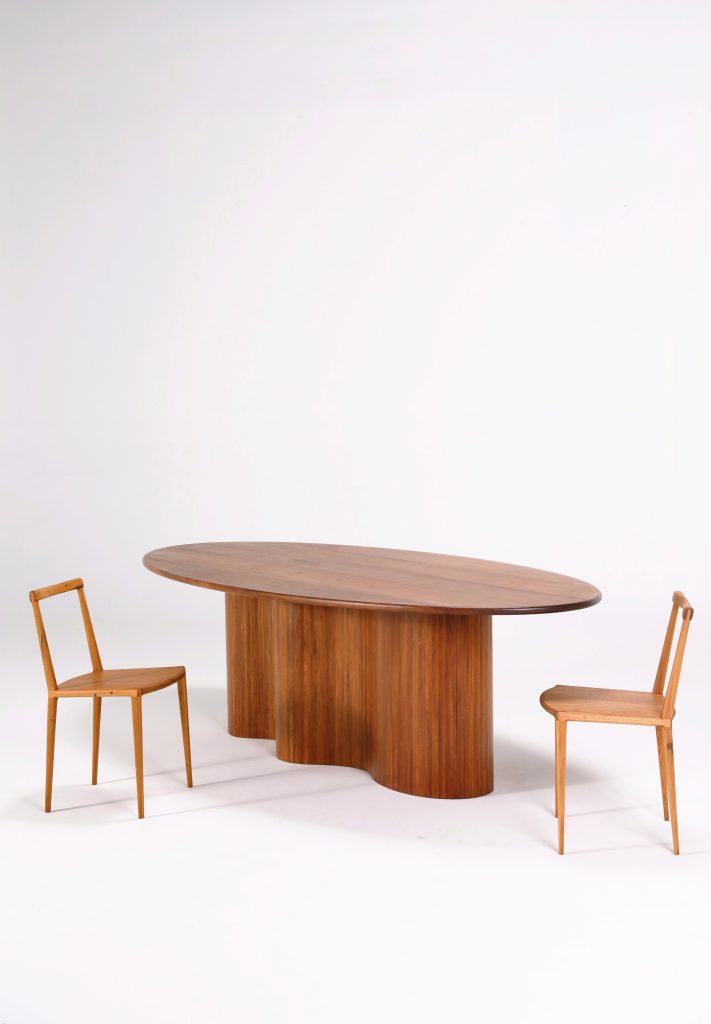

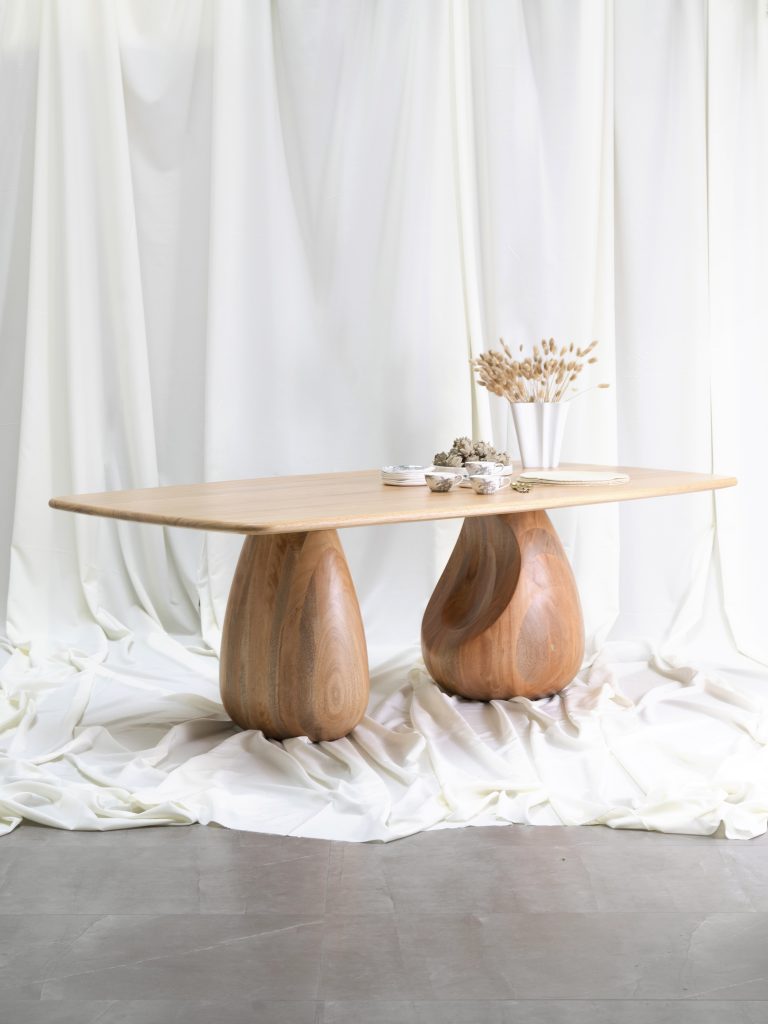

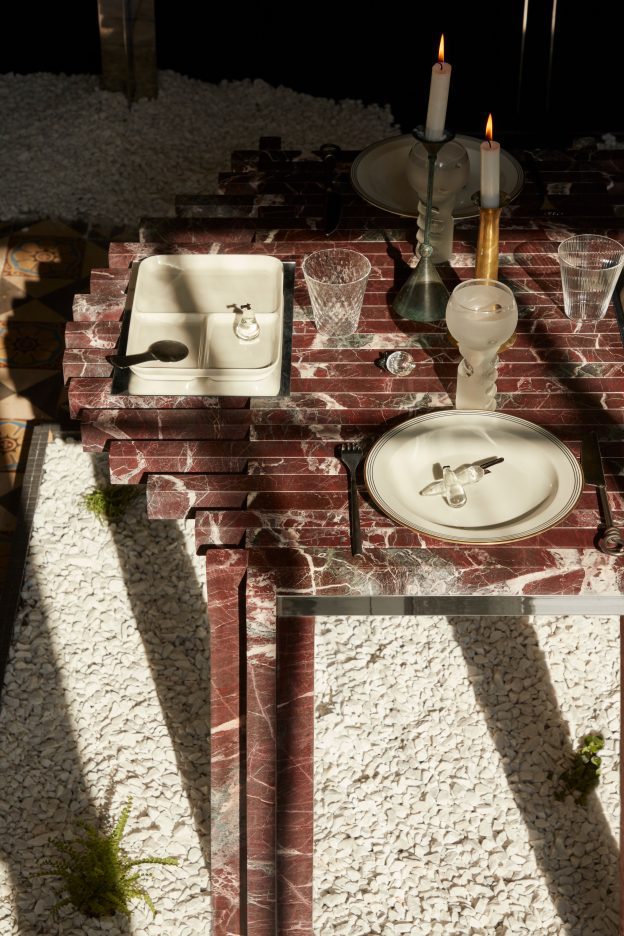

by BERENICE CURT ARCHITECTURE
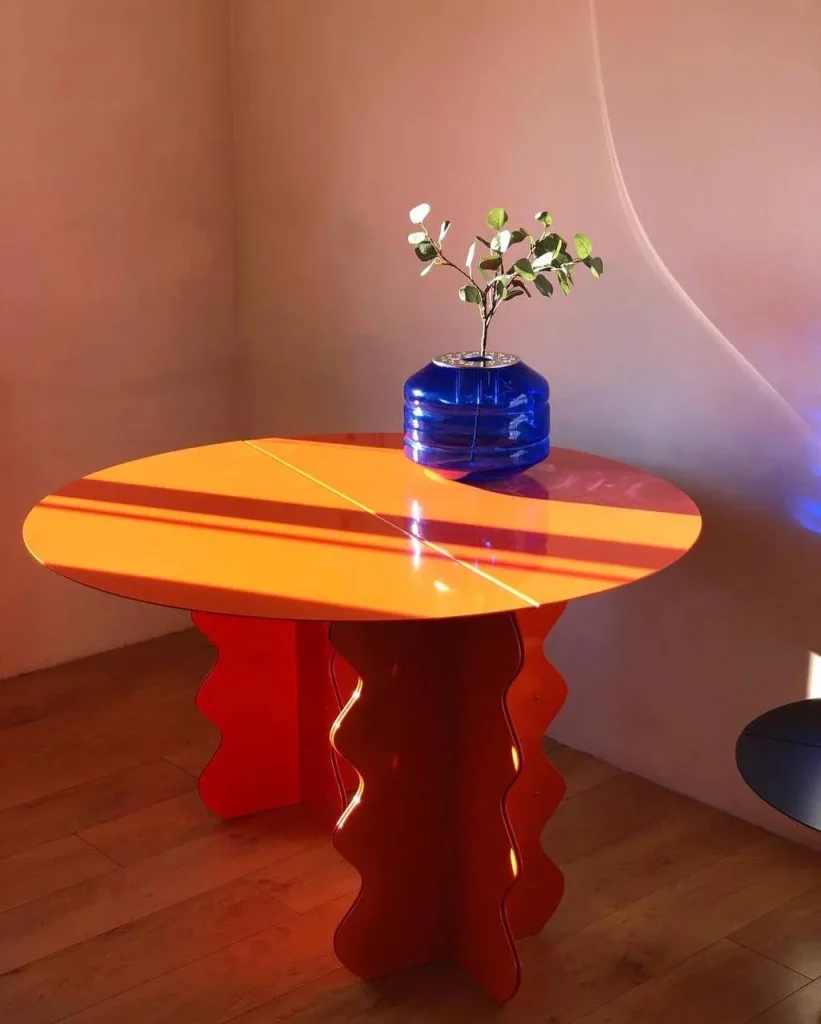

by SVITANOK
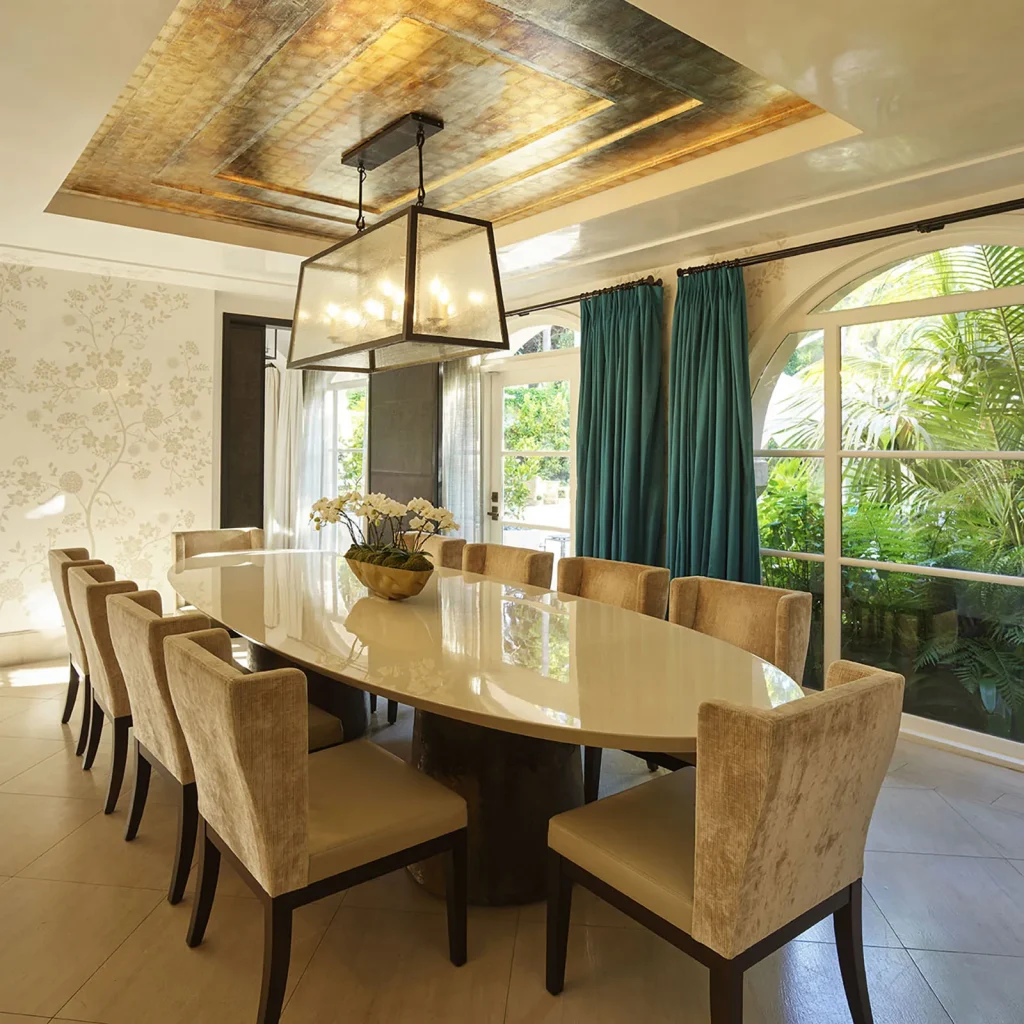

Choose the Right Dining Chairs
Dining chairs should be both comfortable and visually cohesive with the table. The goal is to create a complete composition—whether that means a perfectly matched set or a more eclectic mix of materials and styles. There’s no single right answer; it depends on the mood you want to create.
Armchairs can add structure and a sense of formality when placed at the ends of a rectangular table, but they do require a bit more space. Armless chairs tend to be more versatile, especially in smaller layouts or when you need to seat more guests. Regardless of the design, comfort is key—these are chairs meant for conversation, not just meals.
- Mix materials for a curated look—wood with upholstery, leather with metal, etc.
- Consider ergonomics and arm styles, especially if hosting long meals
- Upholstered chairs bring warmth, while minimalist designs create airiness
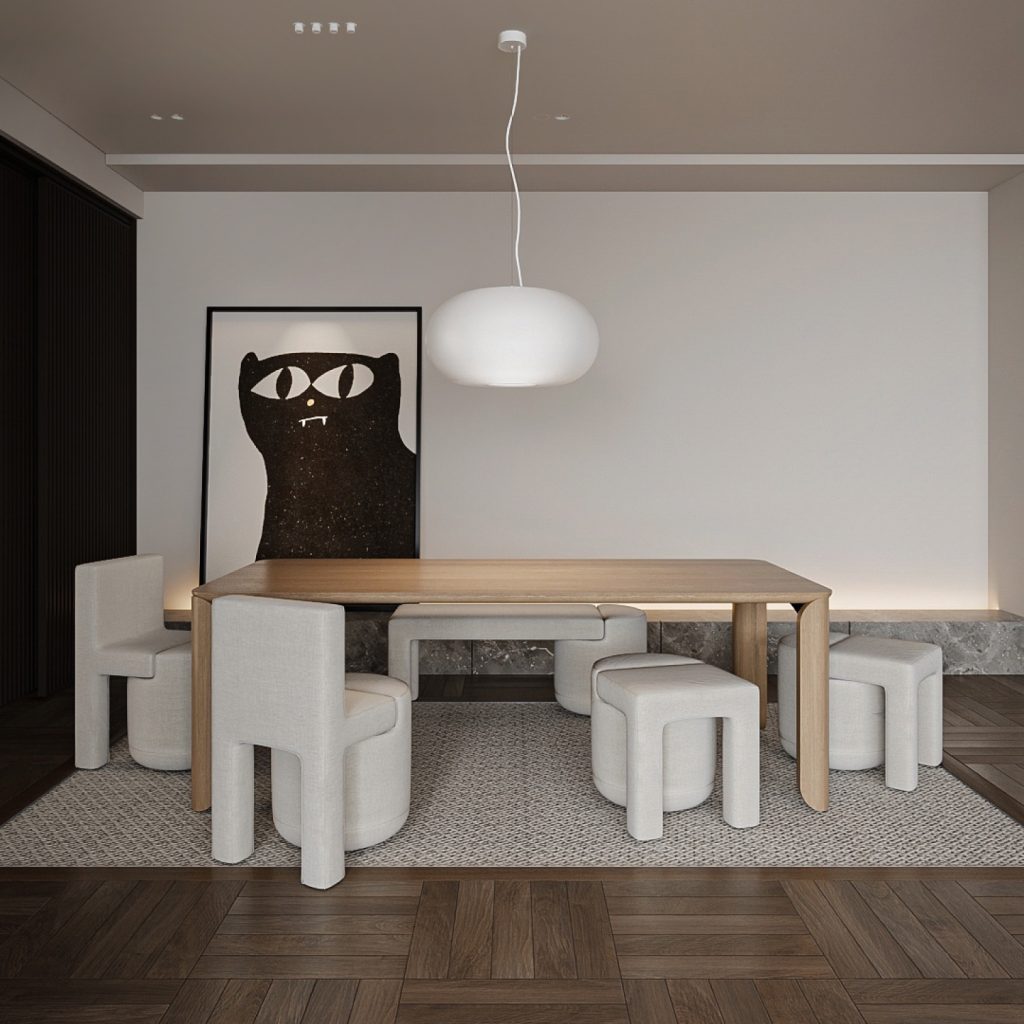

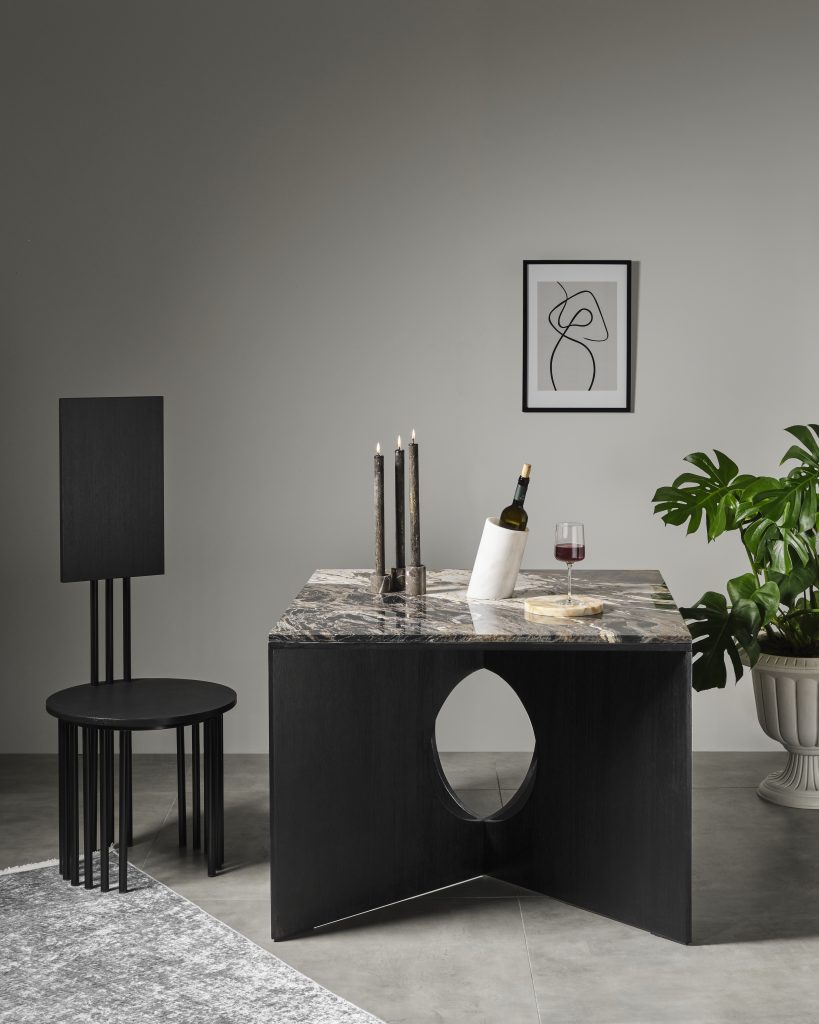

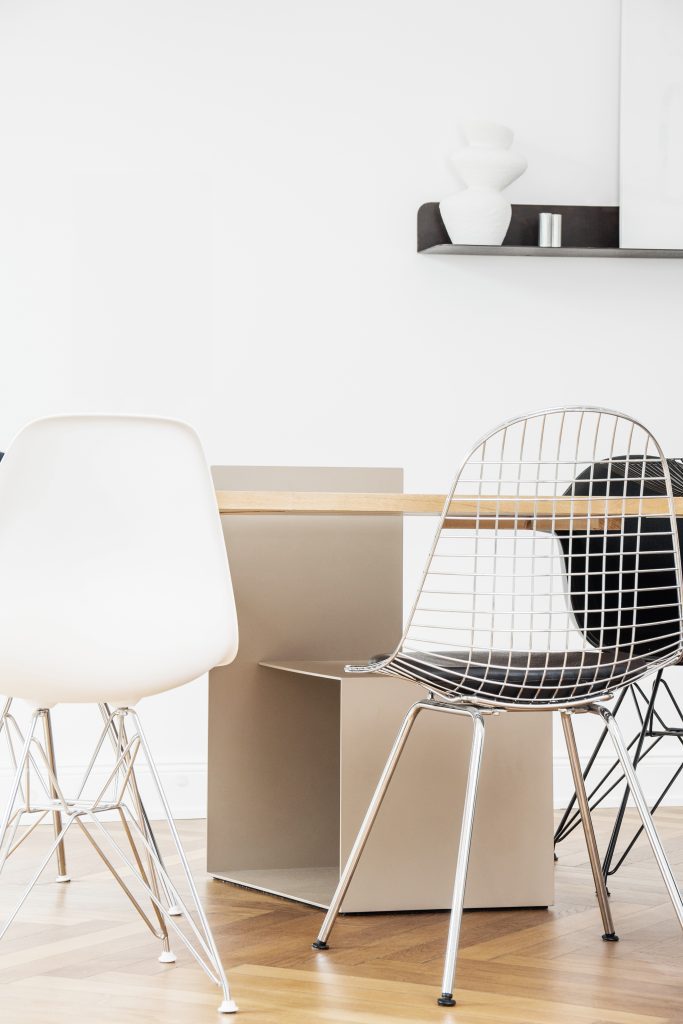



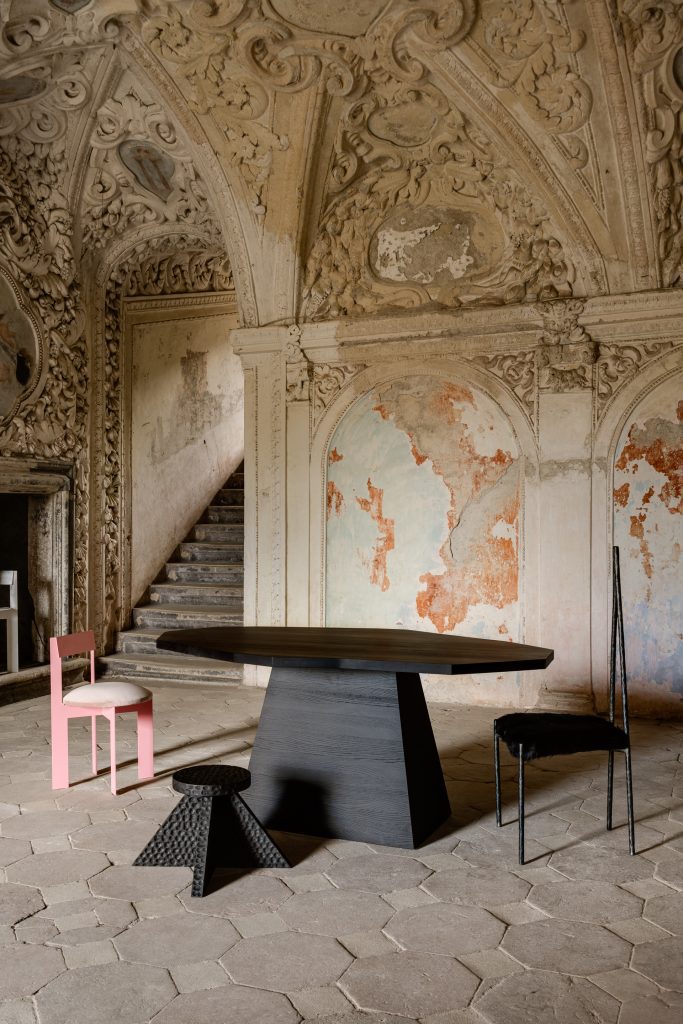



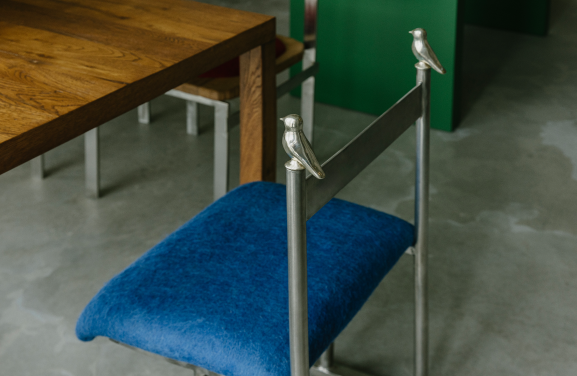

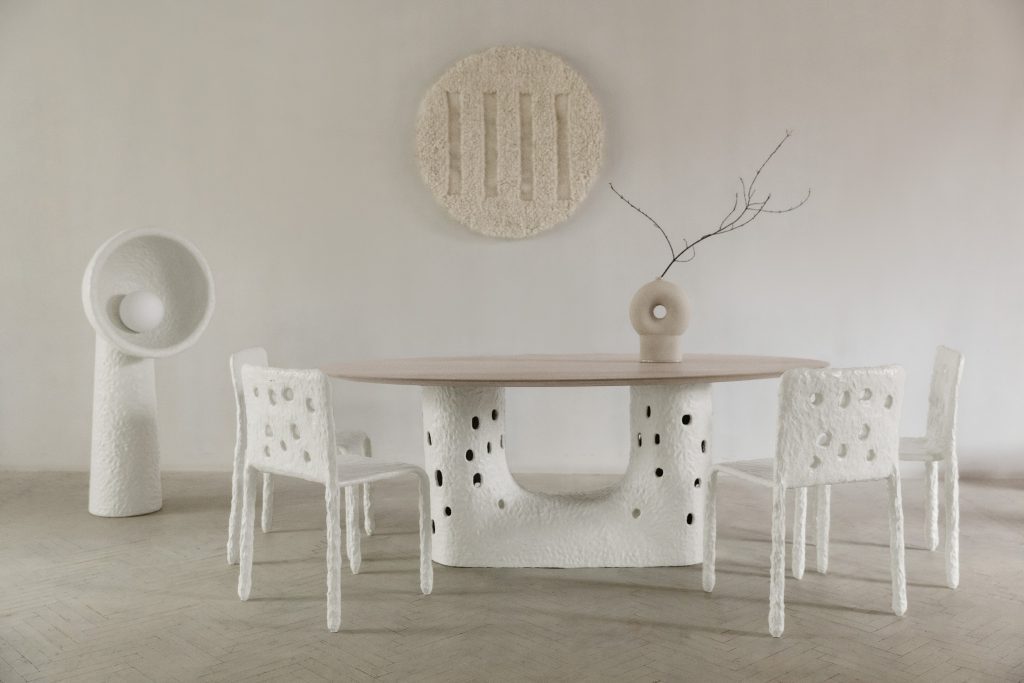

Focus on Lighting as Atmosphere
Lighting sets the mood. The right fixture above the table can define the entire space and elevate every meal—from quiet breakfasts to long, candlelit dinners. A pendant or chandelier helps anchor the dining area and visually connects the furniture to the architecture of the room.
Choose a fixture that reflects the proportions of your table and the overall tone of the room—whether that’s sculptural, minimal, playful, or refined. Wherever possible, opt for dimmable lighting to allow for flexibility throughout the day and evening.
- Choose a pendant or chandelier that complements the table’s shape and scale
- Opt for warm, dimmable light to enhance ambiance
- In open-plan spaces, lighting also helps visually anchor the dining zone
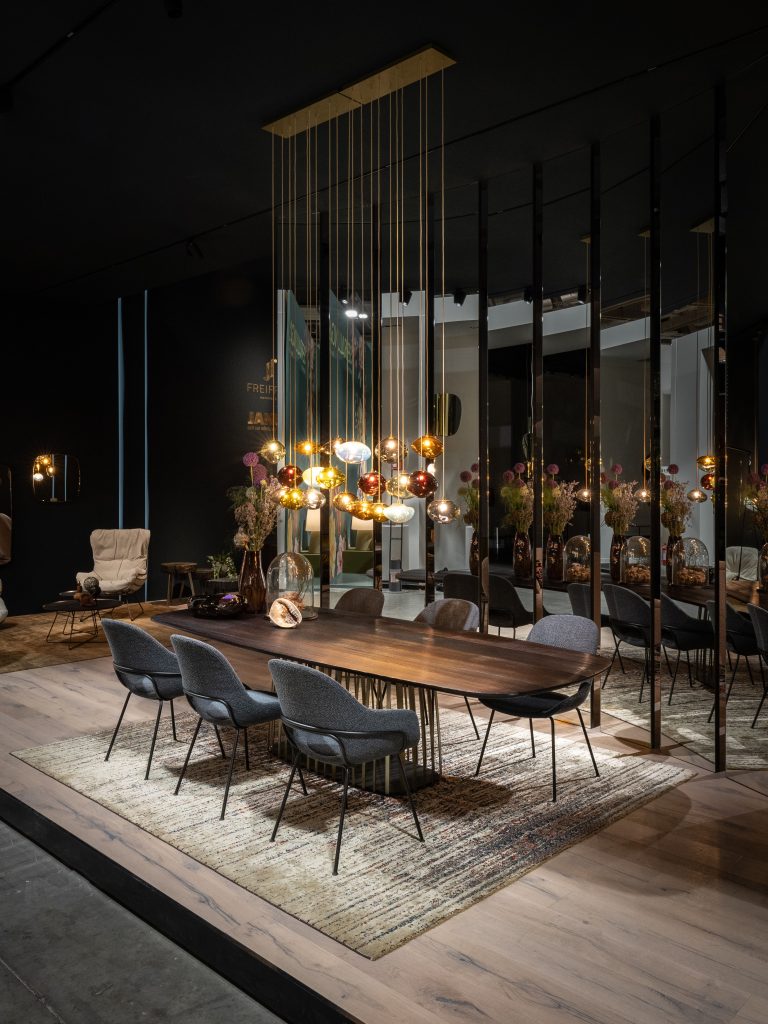

by ELOA – Unique Lights
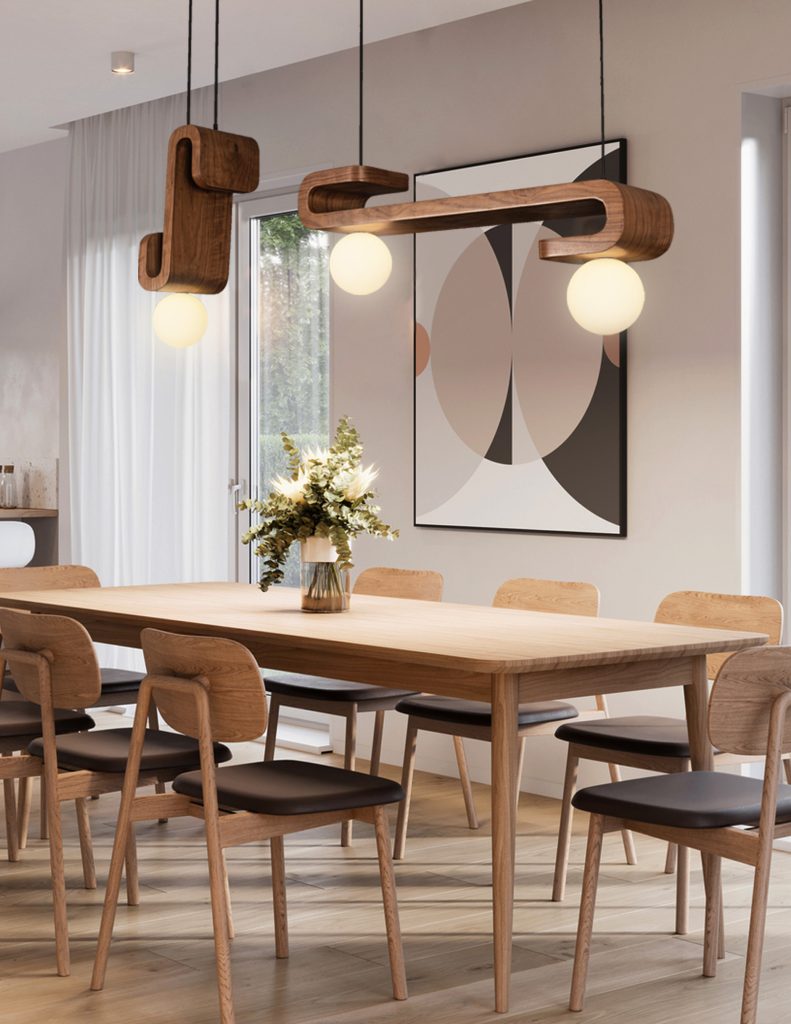



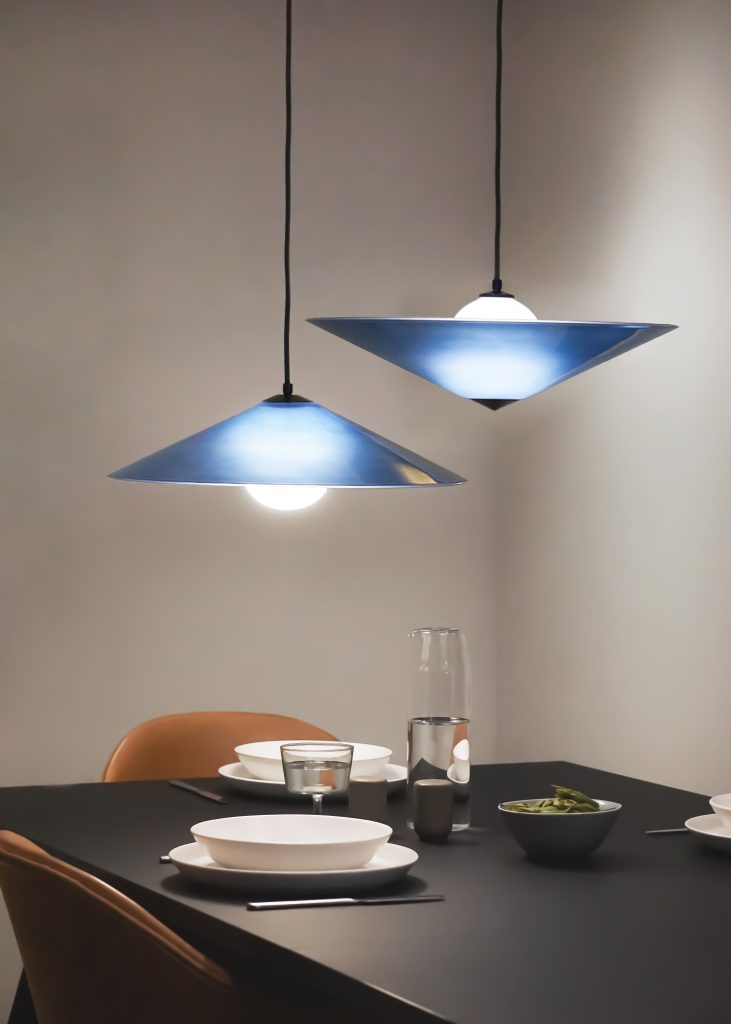

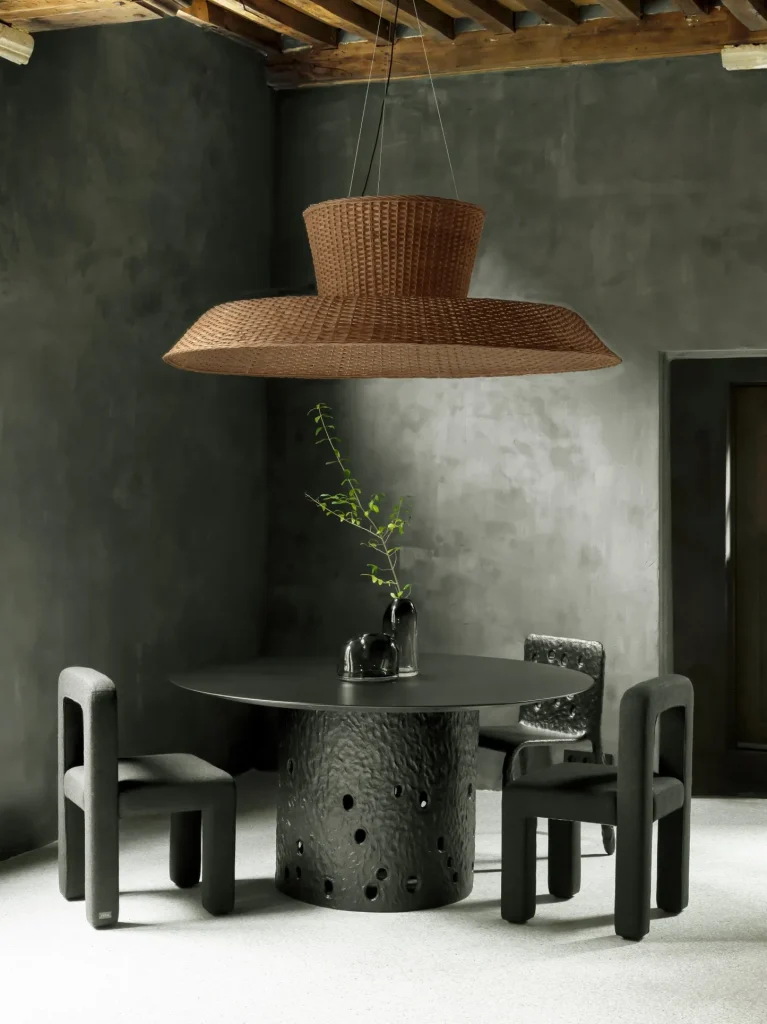

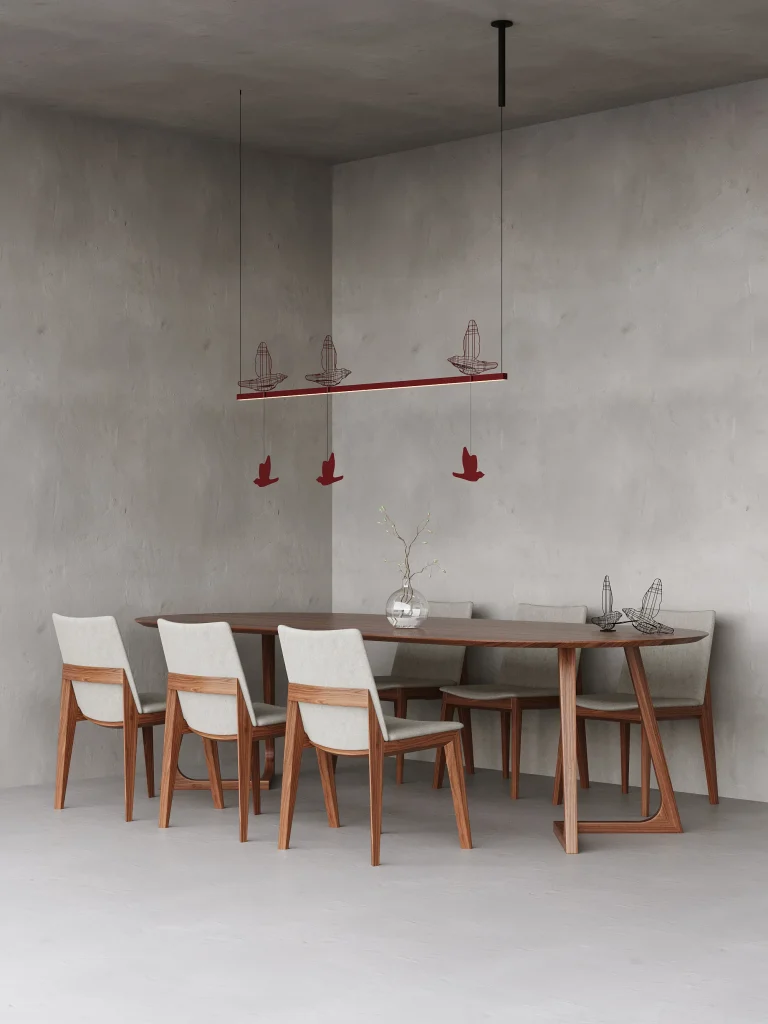

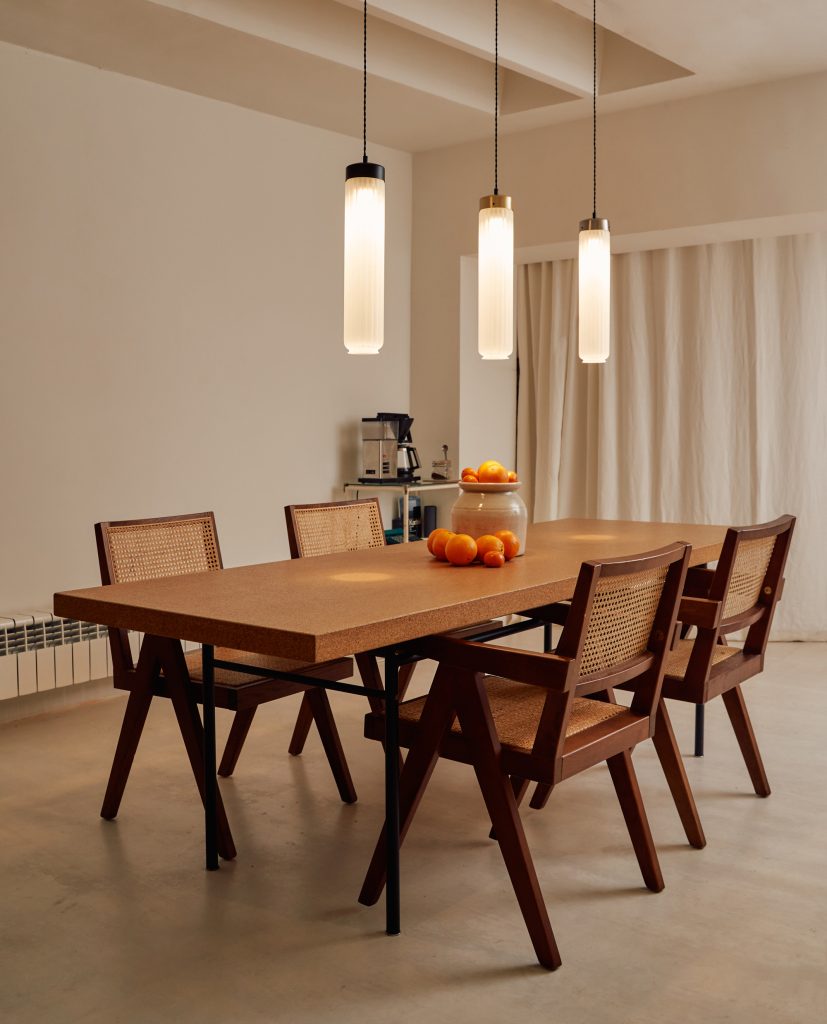

Don’t Overlook Storage and Side Pieces
Storage pieces like sideboards, buffets, or bar cabinets add both function and elegance to the dining room. They help frame the table area and give the space a sense of completeness—offering visual weight along the walls and a place to display or store the things that support gathering.
- Use a sideboard to store dishware, linens, or glassware
- Top with decor, mirrors, or sculptural vases to create vertical interest
- Consider modular or asymmetrical designs for a more contemporary feel
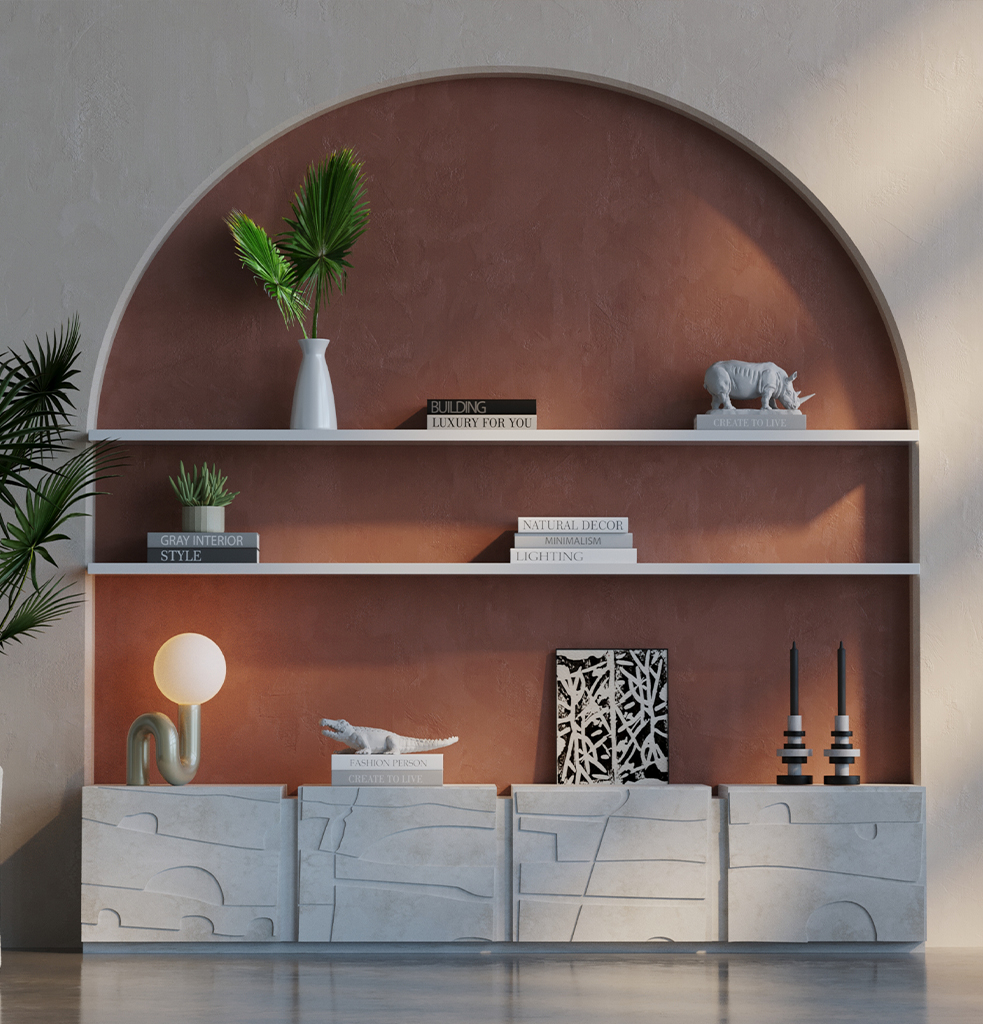



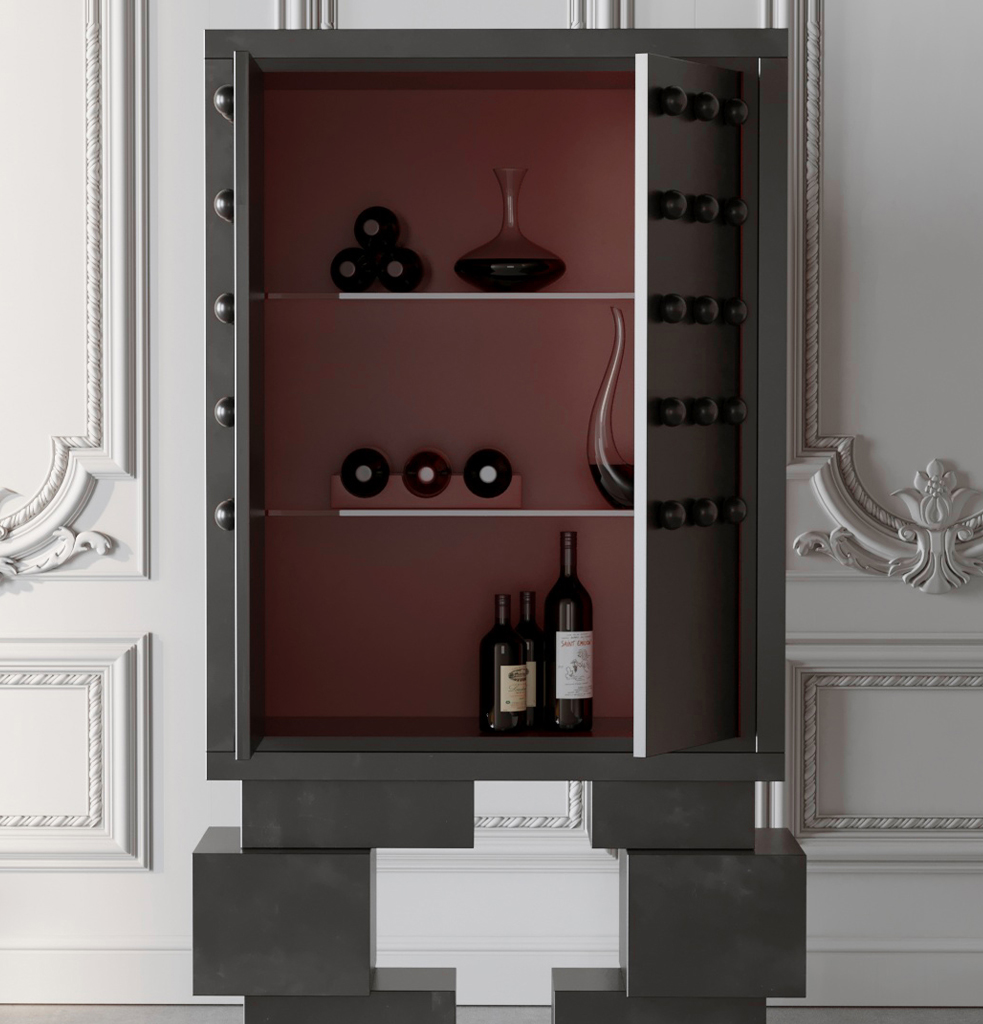

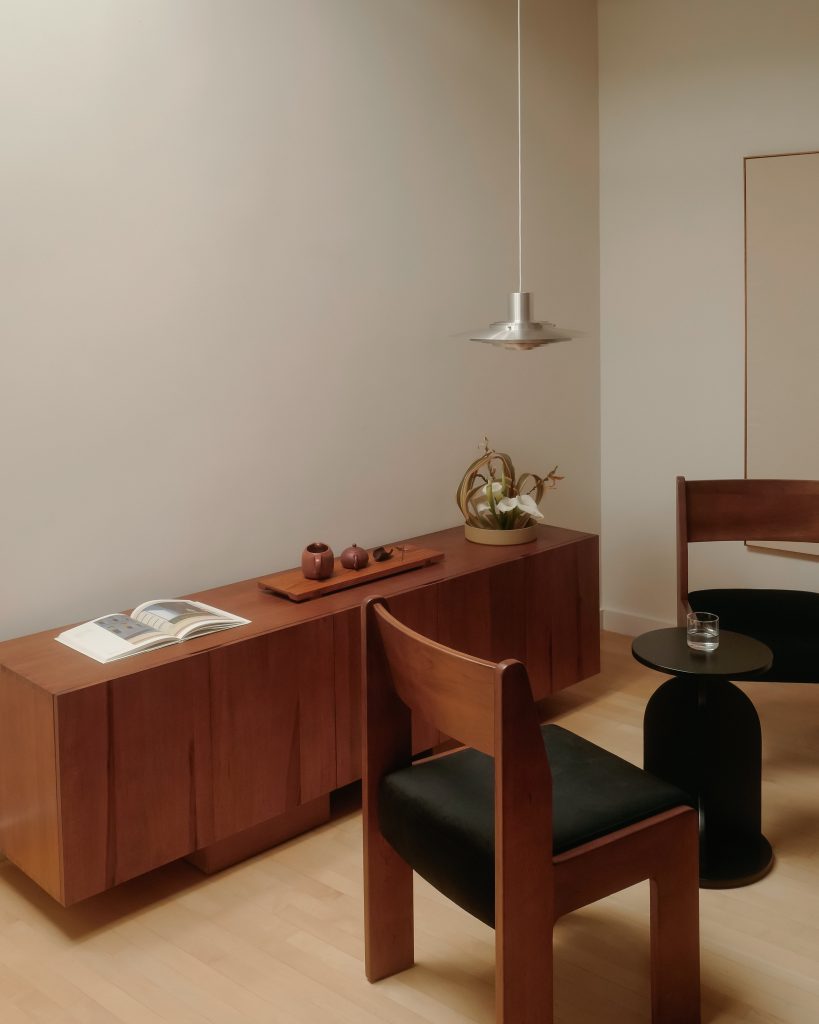





Add Personality to your Dining Room with Art and Objects
Make the space feel lived-in and considered—not just a table and chairs, but a room with personality. Art, ceramics, books, and collected objects lend character and tell a quiet story about the people who gather there. These details don’t just fill the space—they spark conversation, offer glimpses of memory, and invite guests to linger a little longer.
- Hang artwork or a mirror to balance proportion and bring the walls to life
- Add a centerpiece that changes with the seasons: branches, ceramics, or candleholders
- Keep it edited; the space should invite, not overwhelm
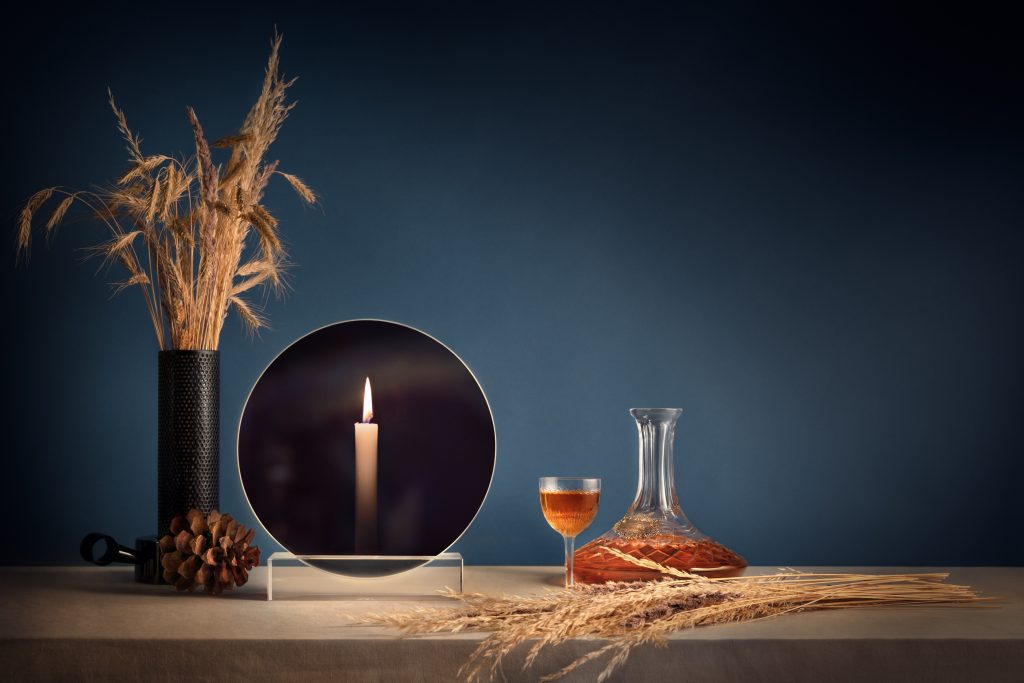

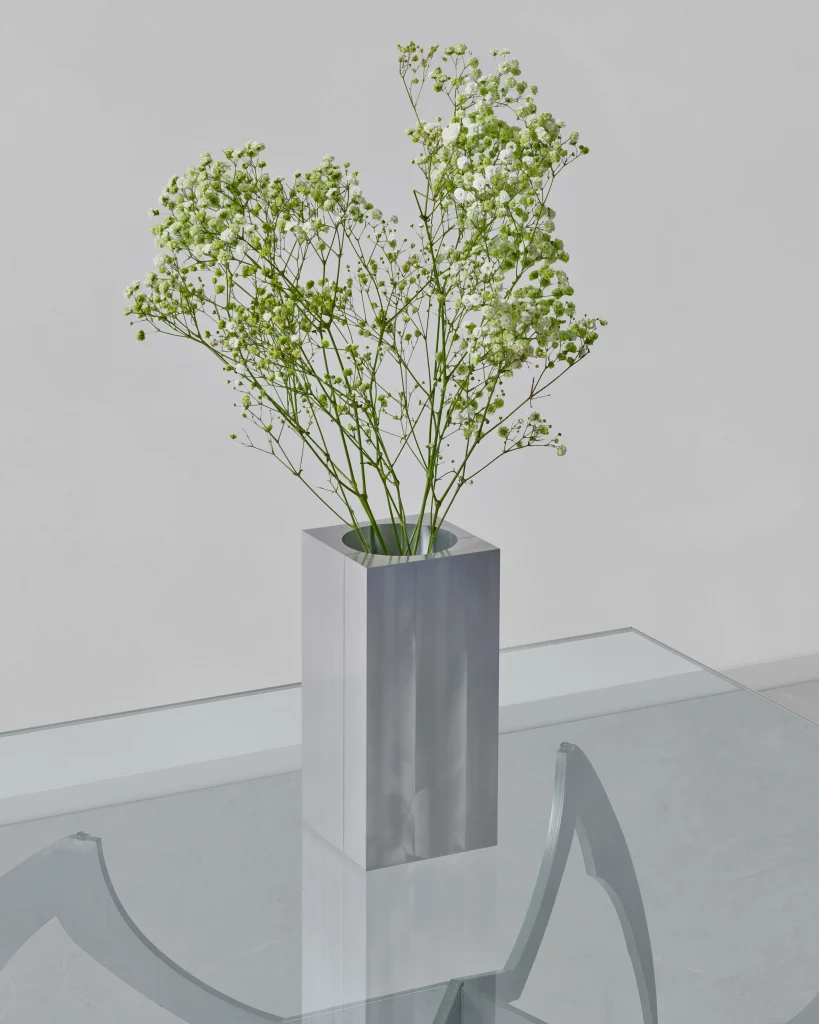

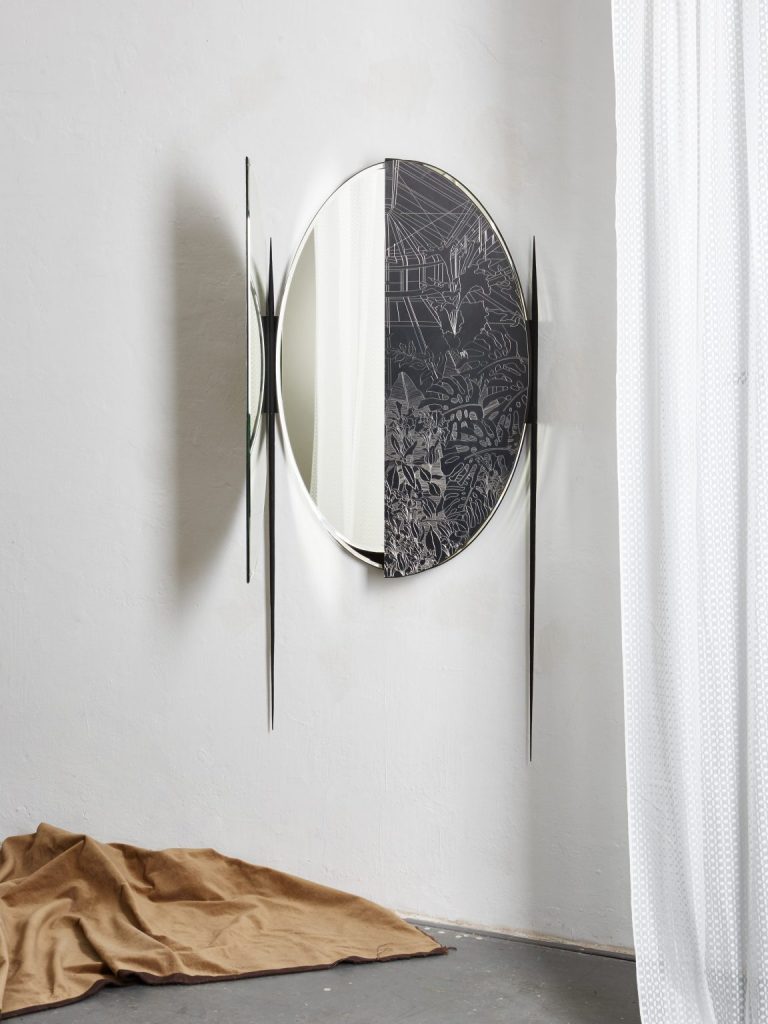

by Elis Monsport


by Studio Fabius Clovis
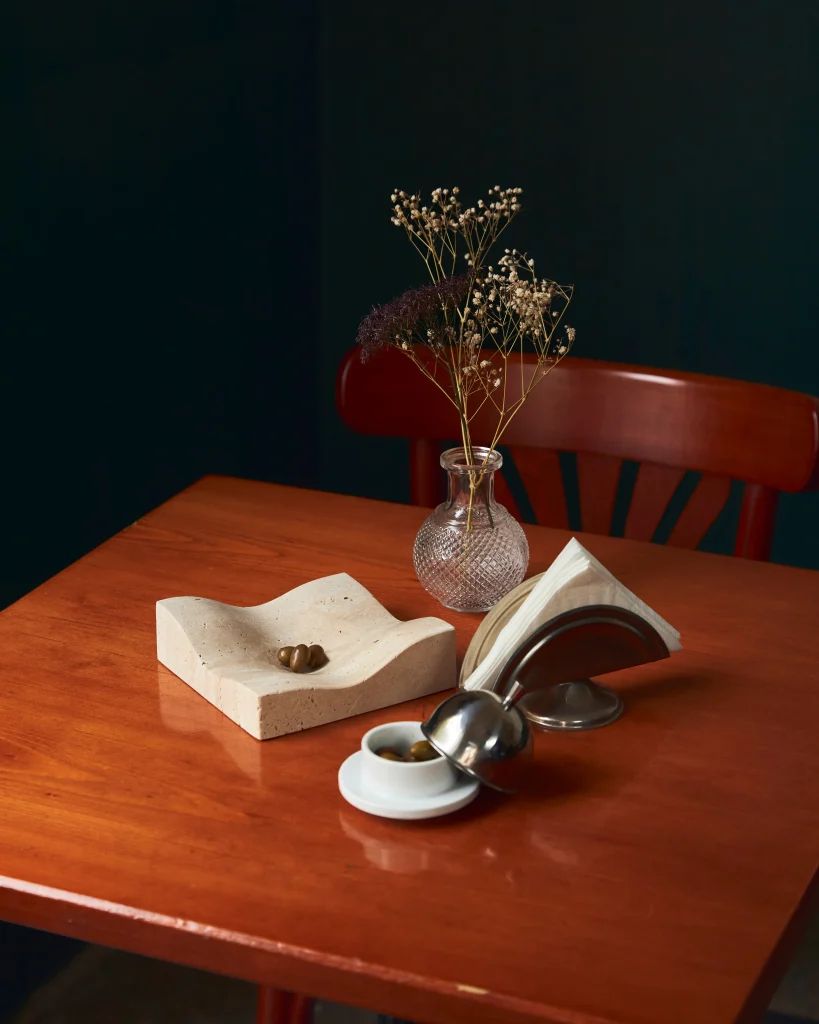



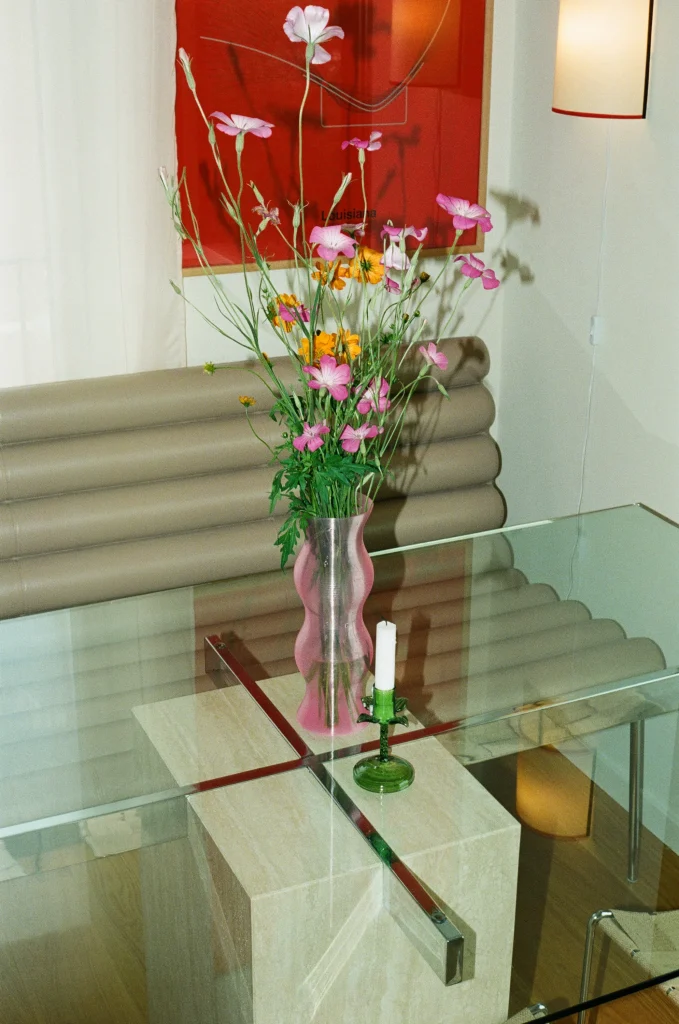

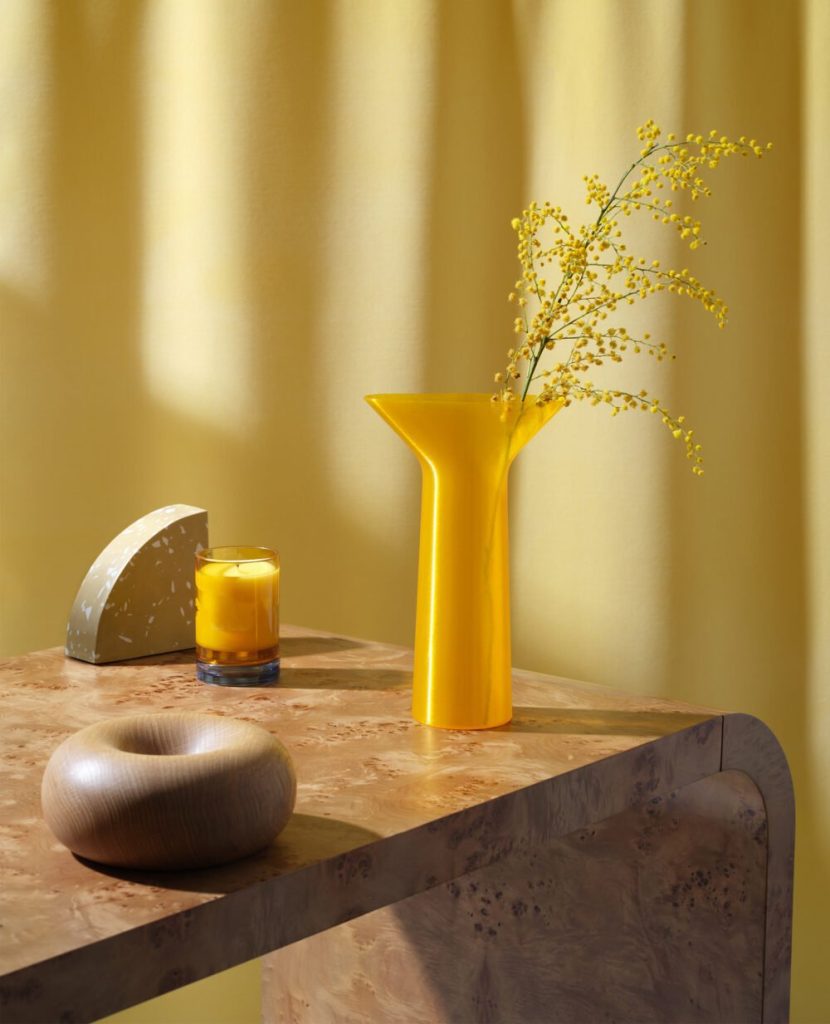

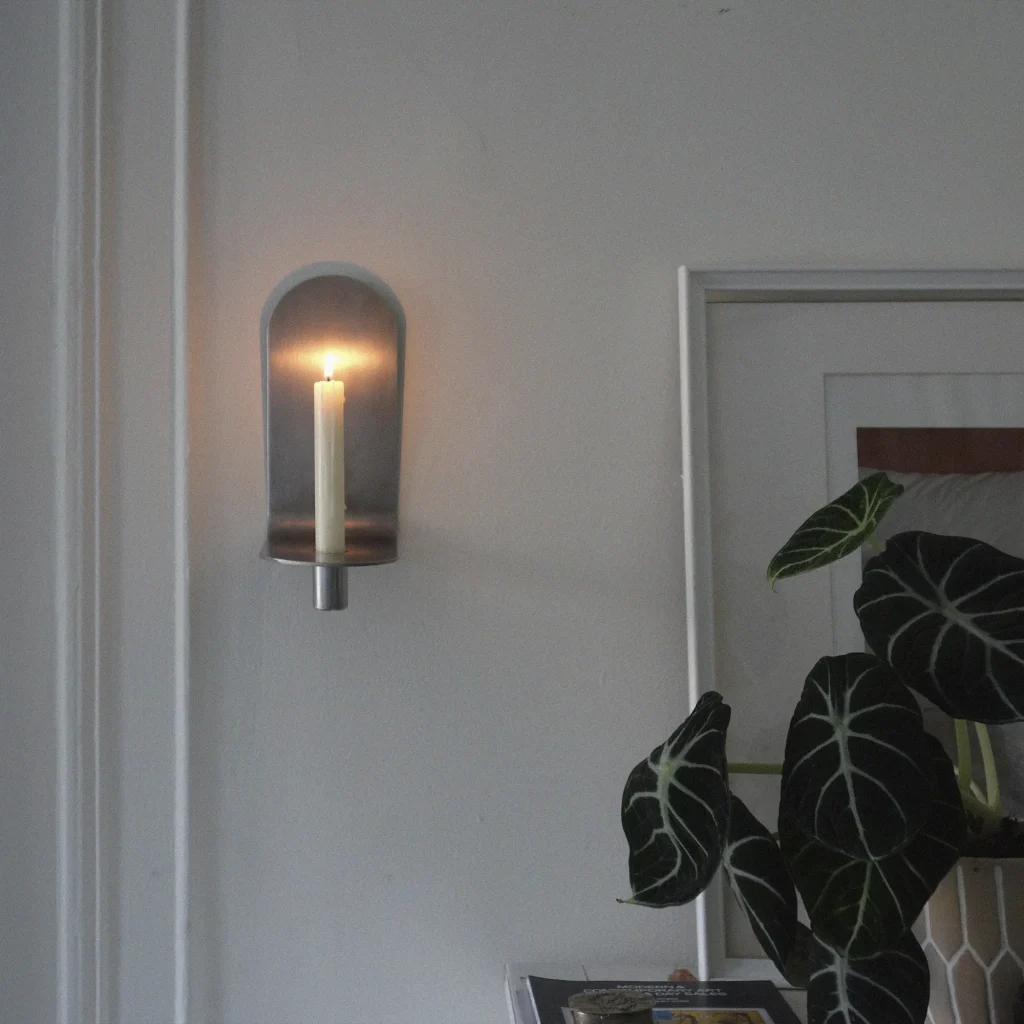

-

 Splitted Dining Chair Black
Splitted Dining Chair Black -

 Splitted Dining Chair Orange
Splitted Dining Chair Orange -

 Round Free-shaped Glass
Round Free-shaped Glass -

 Hand-blown Goblet
Hand-blown Goblet -

 Table Goblet
Table Goblet -

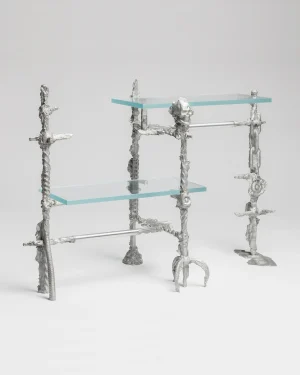 Ballet – Aluminum & Glass Shelf
Ballet – Aluminum & Glass Shelf -

 Steel Sculptural Bowl
Steel Sculptural Bowl -

 Small Steel Candelabra Steel
Small Steel Candelabra Steel -

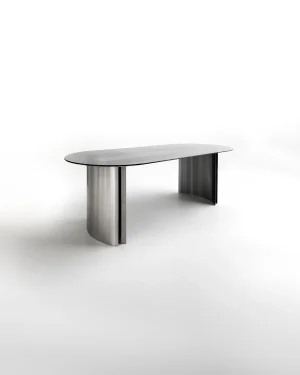 Smoked Glas Table With Rounded Stainless Steel Frame
Smoked Glas Table With Rounded Stainless Steel Frame -

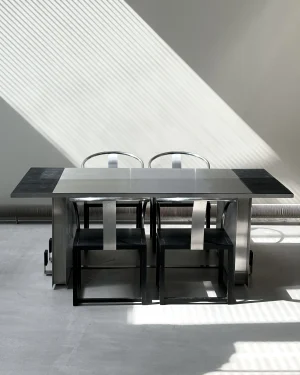 Modular Blackwood & Stainless Steel Table
Modular Blackwood & Stainless Steel Table -

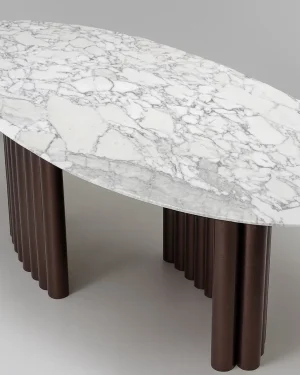 Cantus – Sculptural Arabescato Marble Dining Table With Bronze Organ Pipe Base
Cantus – Sculptural Arabescato Marble Dining Table With Bronze Organ Pipe Base -

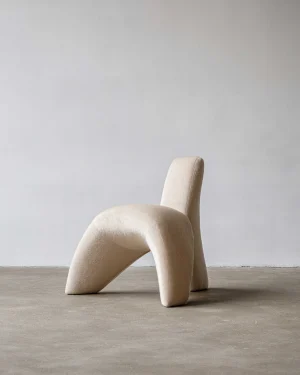 Sokil Armchair
Sokil Armchair -

 Rsup-2 In Anthracite Grey
Rsup-2 In Anthracite Grey -

 T Wood Chair
T Wood Chair -

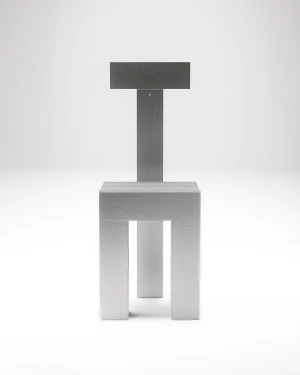 Garriga Chair
Garriga Chair -

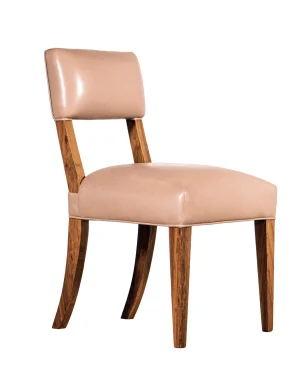 Neto – Transitional Wood Dining Chair
Neto – Transitional Wood Dining Chair





